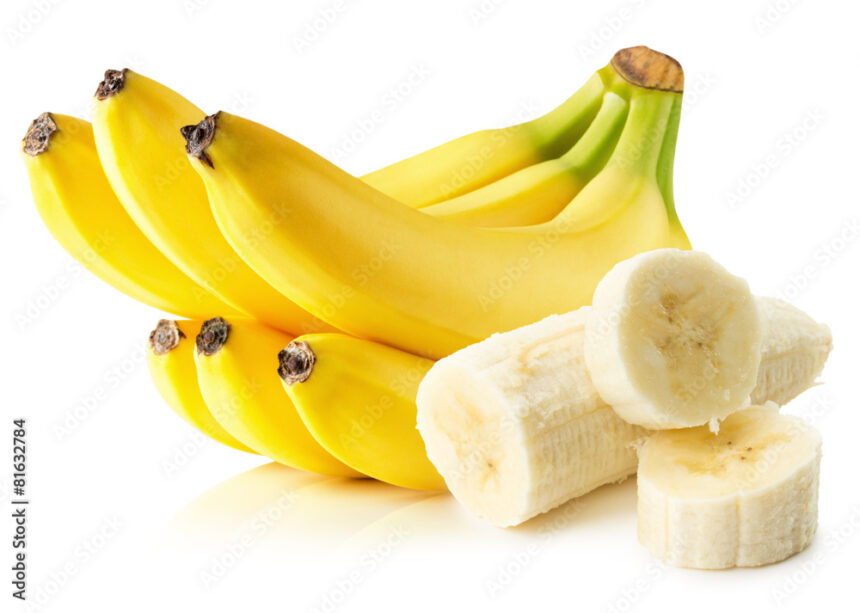Bunchy top disease is a viral infection that affects banana plants. It is caused by the Banana bunchy top virus (BBTV) and is primarily spread by an insect vector called the banana aphid. Here are some symptoms to look out for in bananas that may indicate the presence of bunchy top disease:
- Stunted growth: Infected plants typically exhibit reduced growth and smaller overall size compared to healthy plants.
- Abnormal leaf growth: One of the characteristic symptoms of bunchy top disease is the abnormal growth of leaves. Infected plants may develop short, narrow, and distorted leaves that give a “bunchy” appearance.
- Chlorosis: The leaves of infected plants often display yellowing or chlorosis, particularly along the veins. This discoloration is more noticeable on the younger leaves.
- Vein clearing: Another common symptom is the clearing of veins, which appear as yellow or white streaks along the leaf surface.
- “Bunched” appearance: Infected plants may have a clustering or “bunched” appearance due to the stunted growth and abnormal leaf growth patterns.
- Necrosis: In advanced stages of the disease, the leaf edges may start to dry out and turn brown. This necrosis can gradually progress toward the center of the leaf.
- Abnormal fruit development: Infected banana plants may produce smaller and misshapen fruits. The fruit quality is often reduced, and they may ripen unevenly.
It’s important to note that these symptoms may vary depending on the banana cultivar and the stage of infection. If you suspect your banana plants have bunchy top disease, it is advisable to consult with a local agricultural extension service or a plant disease specialist for accurate diagnosis and guidance on management strategies.
Join 'Farmers Mag' WhatsApp Channel
Get the latest Farming news and tips delivered straight to your WhatsApp
CLICK HERE TO JOIN






